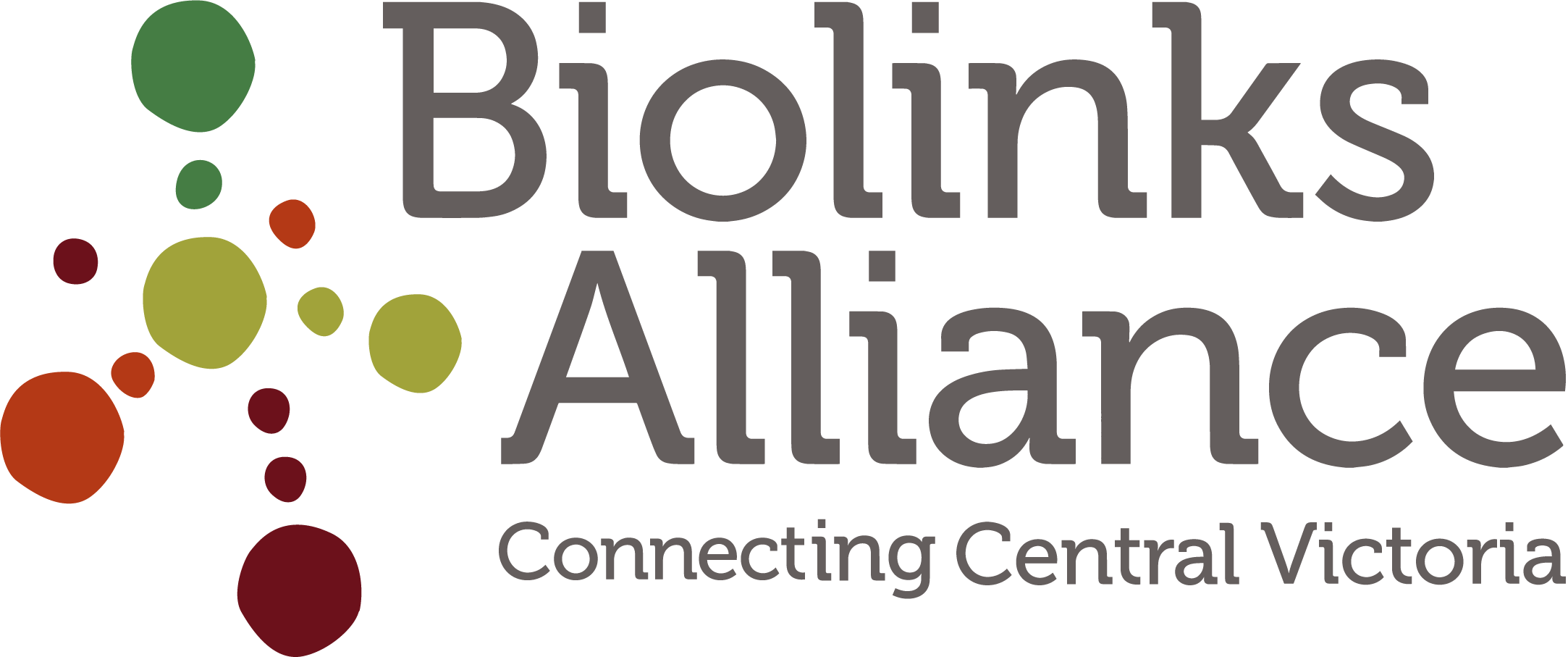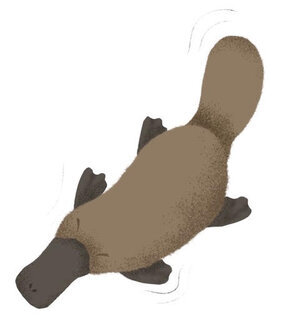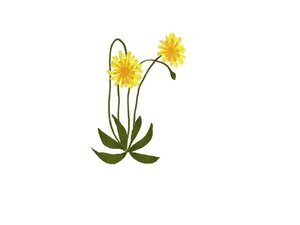Greenhill to Black Hill Biolink
The Greenhill to Black Hill project is a collaborative endeavour to protect, restore and reconnect the woodland and river ecosystems between Greenhill and Black Hill, on Dja Dja Wurrung and Taungurung Country, for a healthy and sustainable future for both people and nature.
The project emerged after concerned landholders - who had over the years taken steps to improve and protect the environment but were still witnessing declines - realised they needed a plan for the landscape, not just their own properties.
With Biolinks Alliance - landholders have been working on developing a collective vision for the landscape and a detailed local landscape plan that identifies the region's natural treasures and strategies to protect them.
“Why are we doing this? There is a biodiversity crisis. This has been accentuated by the recent bushfires. Although, we have been lucky to escape bushfires in our area, this makes it even more important to bolster habitats in unaffected locations to provide healthy wildlife repositories.”
Illustration : Sophie White Design
The region's natural treasures
Koalas
Local koala populations have been steadily in decline and are now reaching alarmingly low levels. Reliant on Large Old Trees in woodland areas, these habitats have become isolated and fragmented placing increased stress on remaining koala populations.
Large Old Trees across the Greenhill to Black Hill Biolink will be protected and the quality of woodlands improved to see increased populations of koalas and brush-tailed phascogales.
Kangaroo Grass and Yam Daisies
Many birds and mammals rely on the health of our grasslands. The seeds of Kangaroo Grass are eaten by birds and leaves are used as nesting material.
A large portion of land along the Campaspe River in the Greenhill to Black Hill Biolink was once open grassland, dominated by Kangaroo Grass and the Yam Daisy. These remnants will be carefully managed to improve and expand over time.
Platypus
The upper reaches of the Campaspe are predicted to be a climate refuge for platypus.
We are working to once again have regular sightings of platypus in the river and increase the overall health of the river from poor to good by 2030.
Growling Grass Frogs
Springs and soaks across the Macedon Ranges provide habitat for a diverse range of frogs. An essential part of a natural ecosystem, frogs consume large numbers of invertebrates and are an important food source for many wetland birds and reptiles.
Over the next five years, the aim is for growling grass frog populations to stabilise and increase as part of the Greenhill to Black Hill Biolink.
A vision of the local community
The power behind the plan and achieving its vision is the local community.
Visionary land management is a key objective of the plan. It aims to seek and support the adoption of new business models that allow the transition to regenerative and restorative land management practices. Practices that will result in ‘thriving landscapes’ with increased biodiversity and adaptability to climate change.
Cultural vitality was identified by the community as being key to achieving the project’s ecological objectives. Especially recognising the importance of engaging with the lands' Traditional Owners and providing opportunities for them to connect to Country and to integrate traditional land management practices with contemporary land use aimed at better balancing nature, culture and production.
Snipes Creek Rehabilitation
First planting day photo: Holly Craig
Biolinks Alliance with local landholders are working on the rehabilitation of Snipes Creek, a tributary of the Campaspe River that has suffered from years of waste water contamination and degradation.
The project aims to repair the creek's natural hydrology, ecology and biodiversity to improve water quality for the whole terrestrial system.
The plan was developed in consultation with a field of biodiversity, water ecology and engineering experts.
Over the last year the rehabilitation works along the one kilometre section of the creek have really been taking shape.
'Treasures of this Land' was an art exhibition, auction and legacy building project held in November 2022. Showcasing creative responses to the natural wonders of the Macedon Ranges, it was a highly successful fundraiser, involving over 200 members of the local community. See the donated auction items and learn more about the initiative.
Landholders, inclusive of the Friends of Black Hill Reserve, have formed the Greenhill – Black Hill Alliance. Biolinks Alliance is looking at ways to continue to support growing this community’s capacity to restore their landscape, through supporting the development of pilot projects and assisting with fundraising for its next stage of implementation.
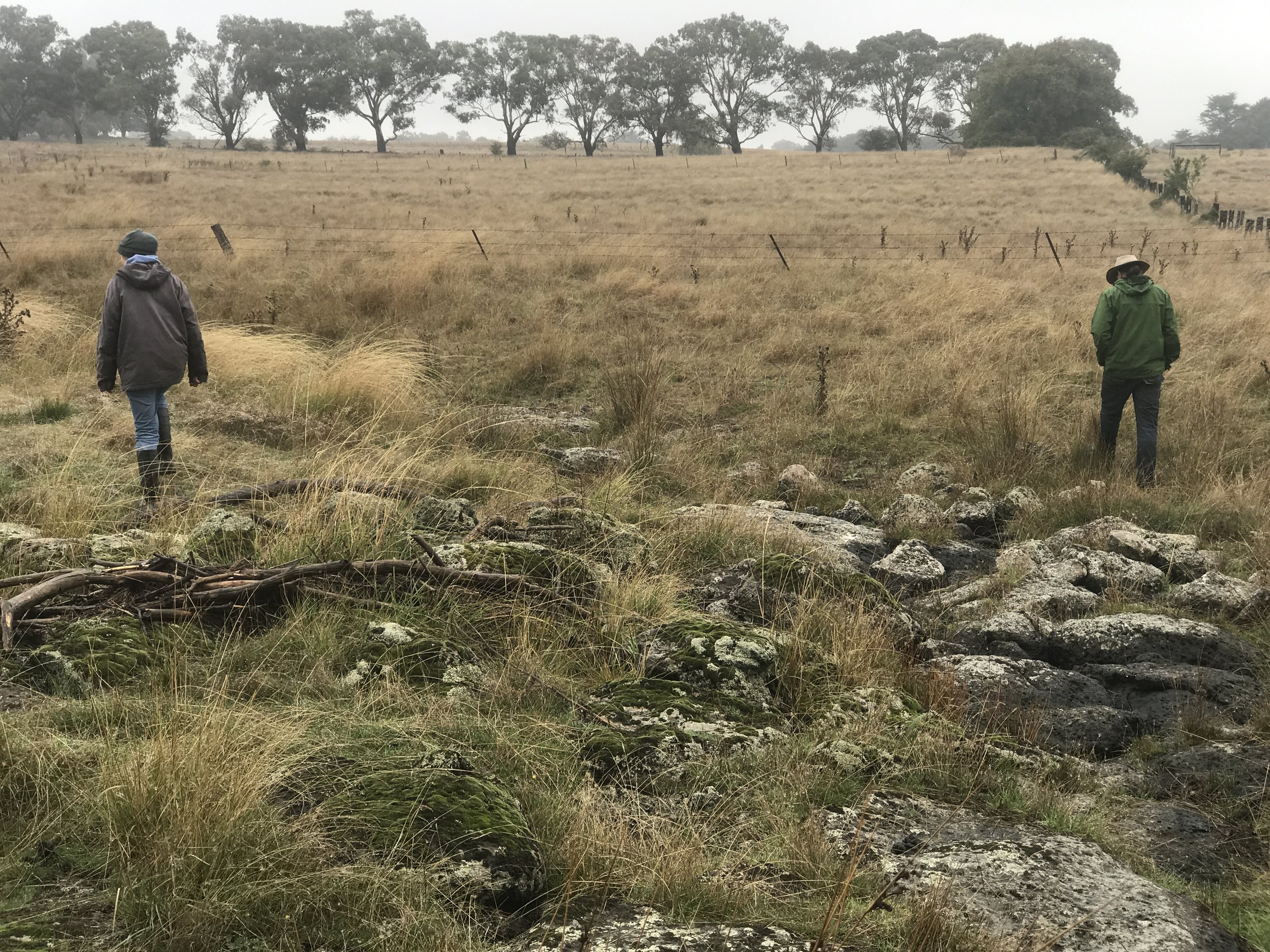
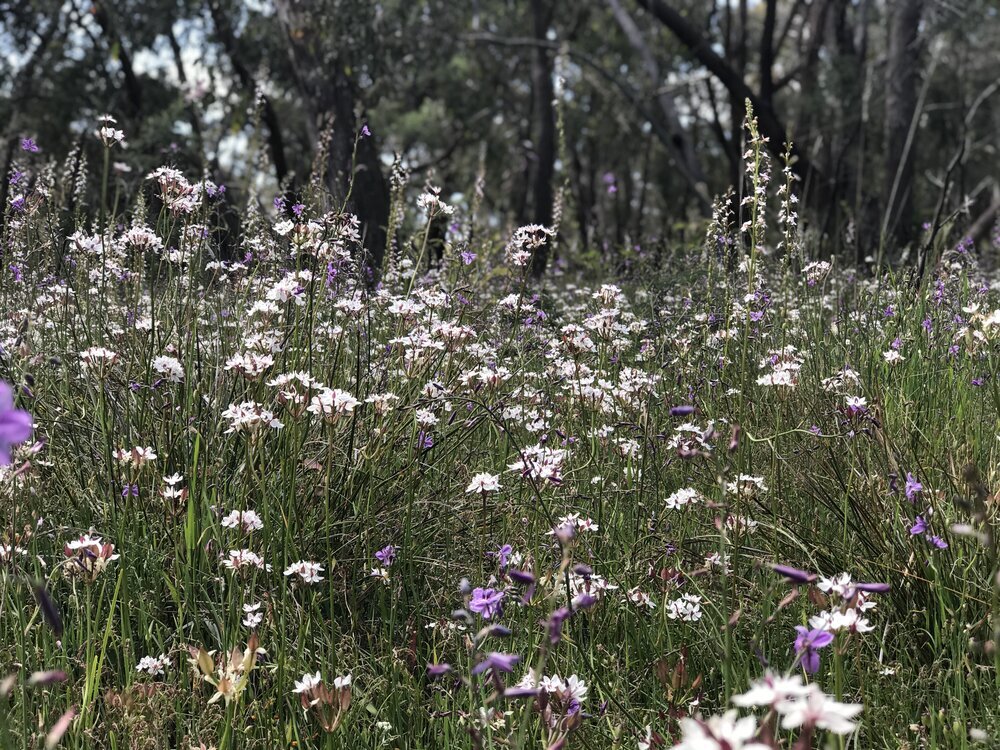
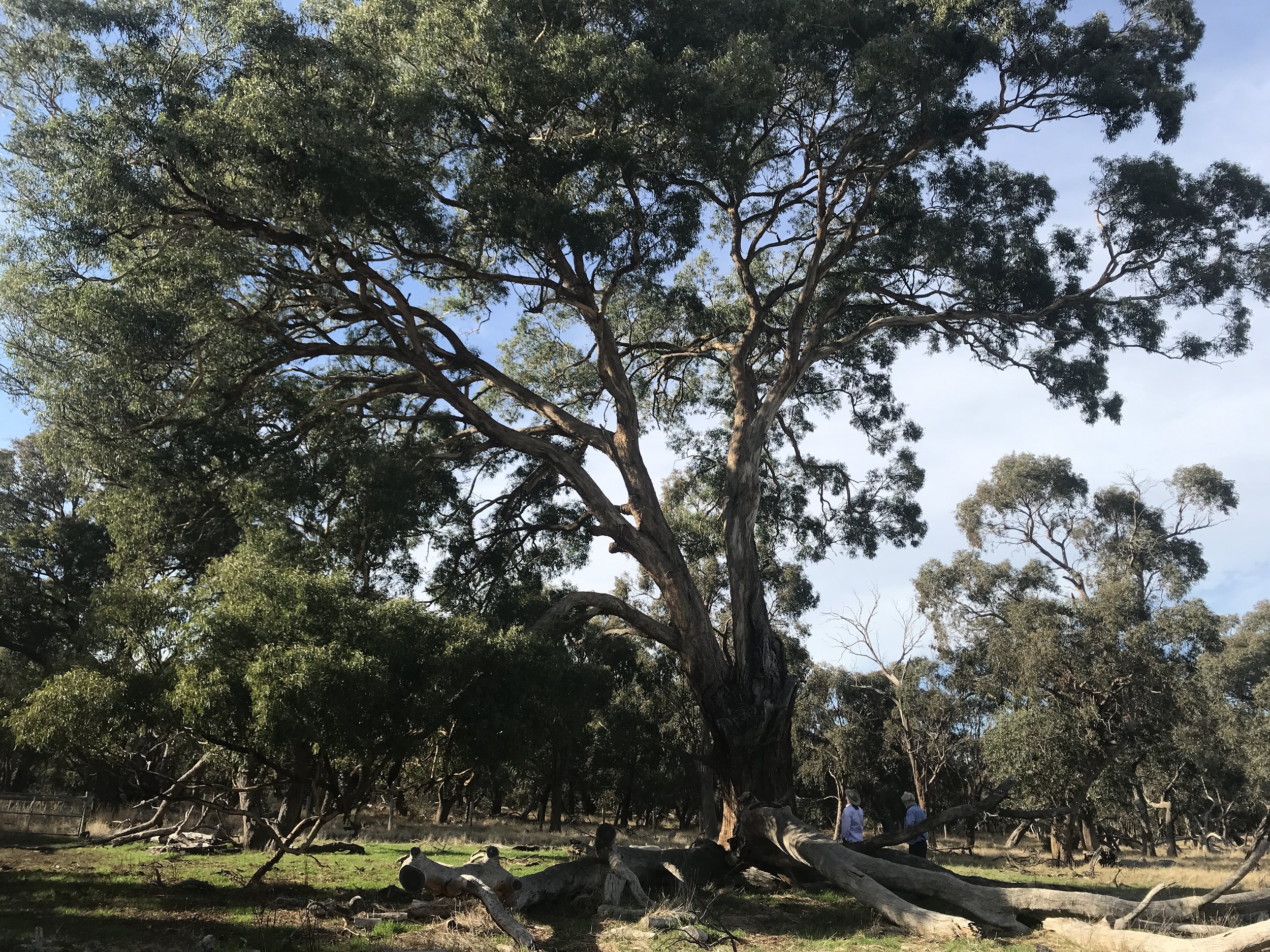
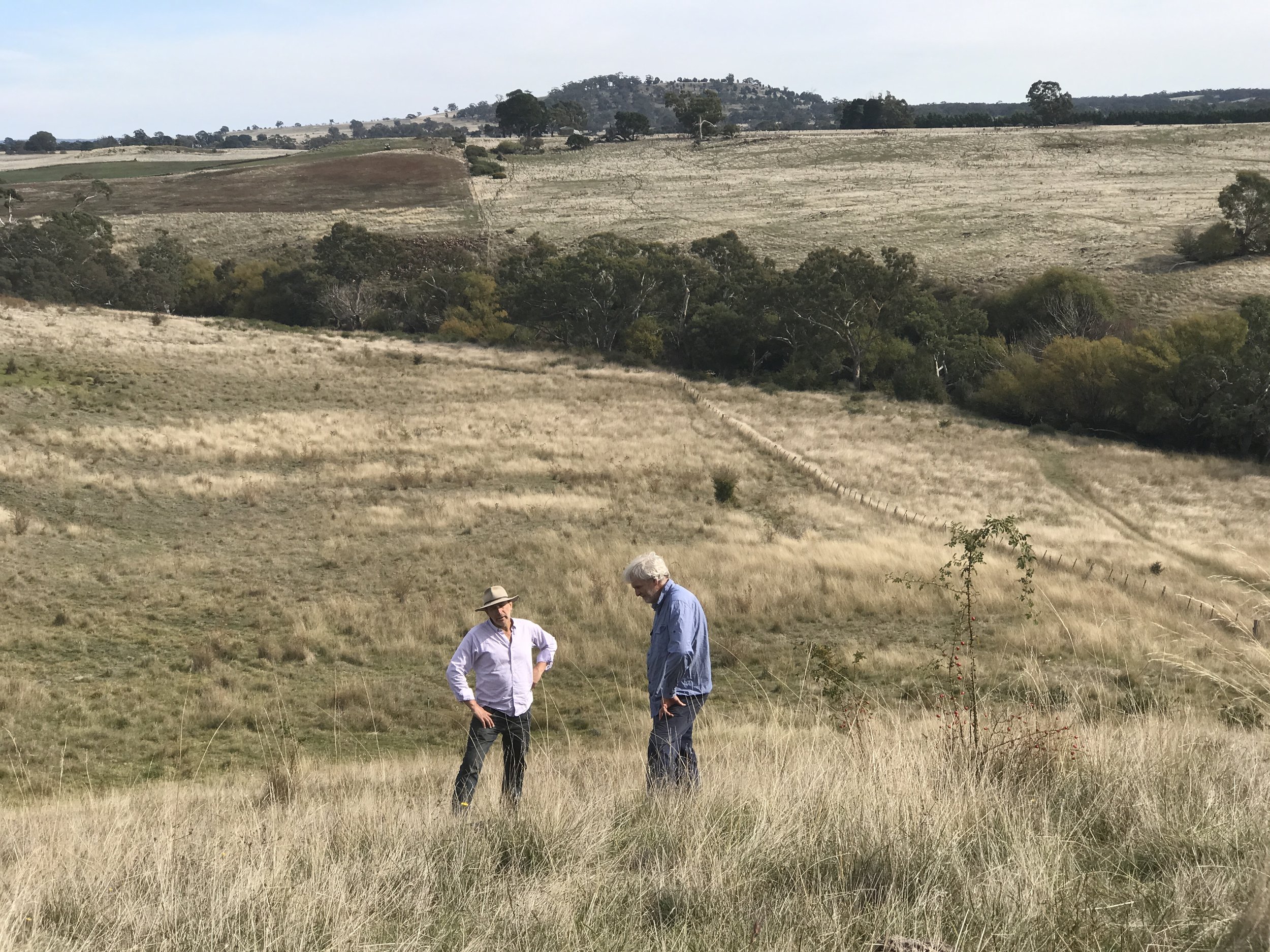

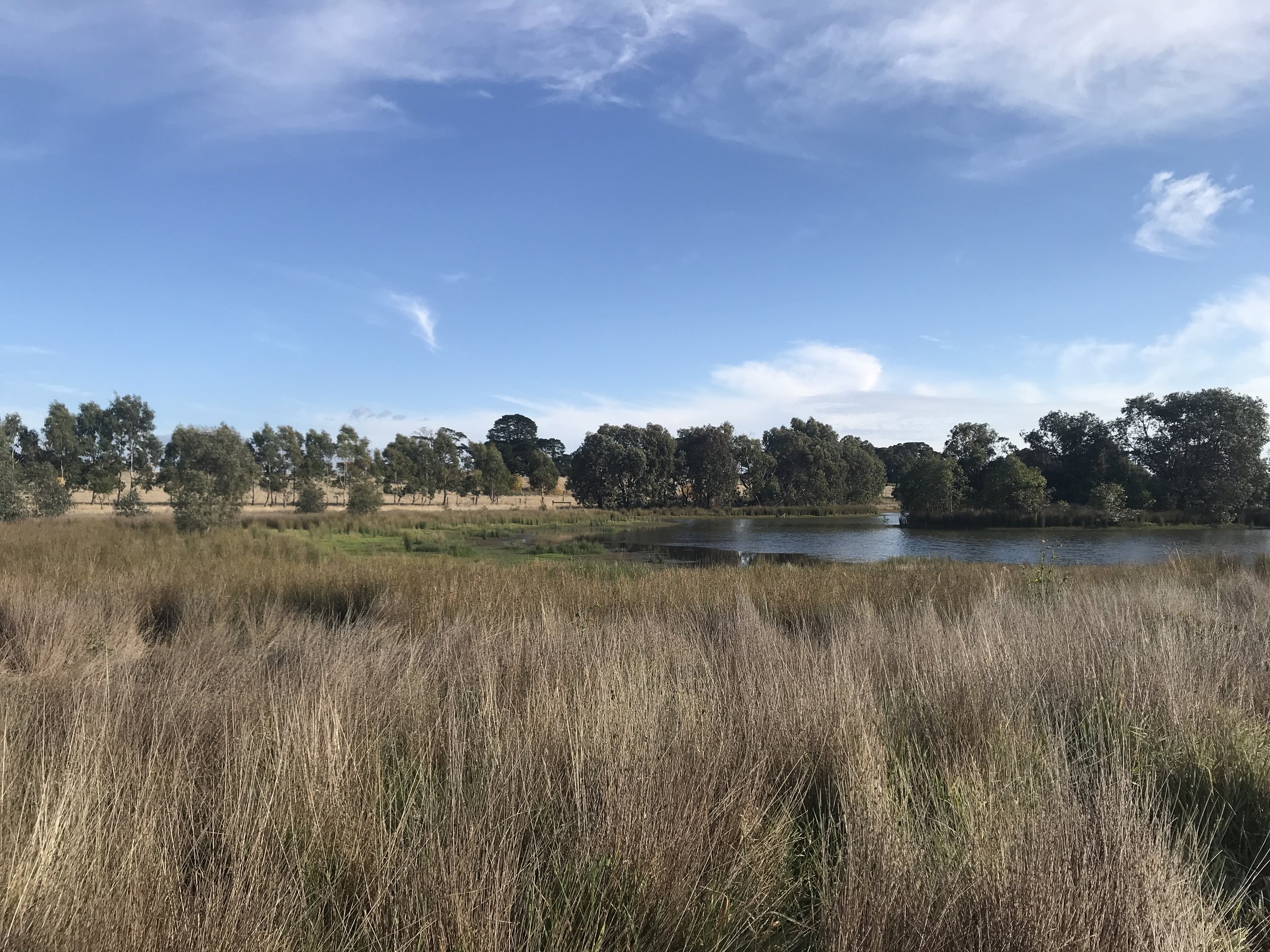
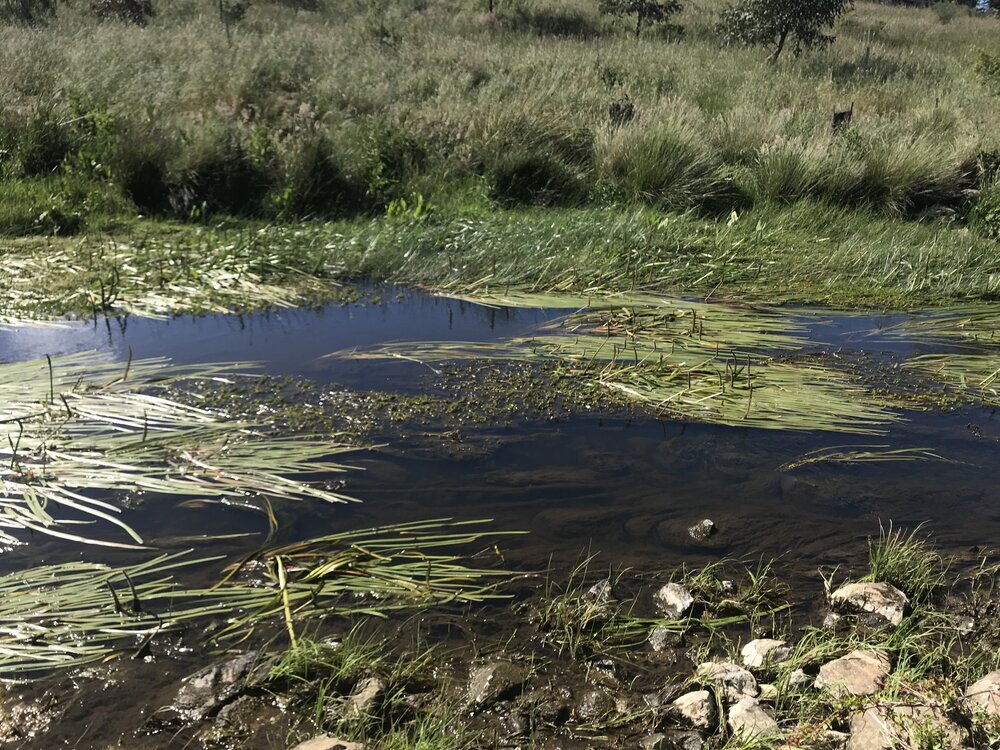

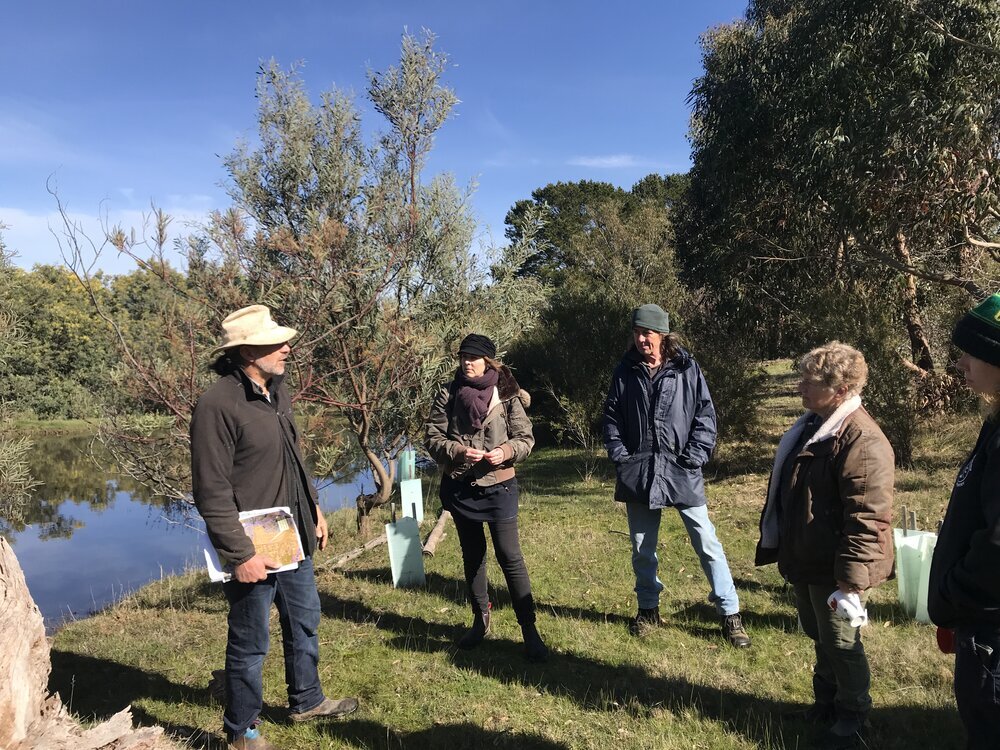
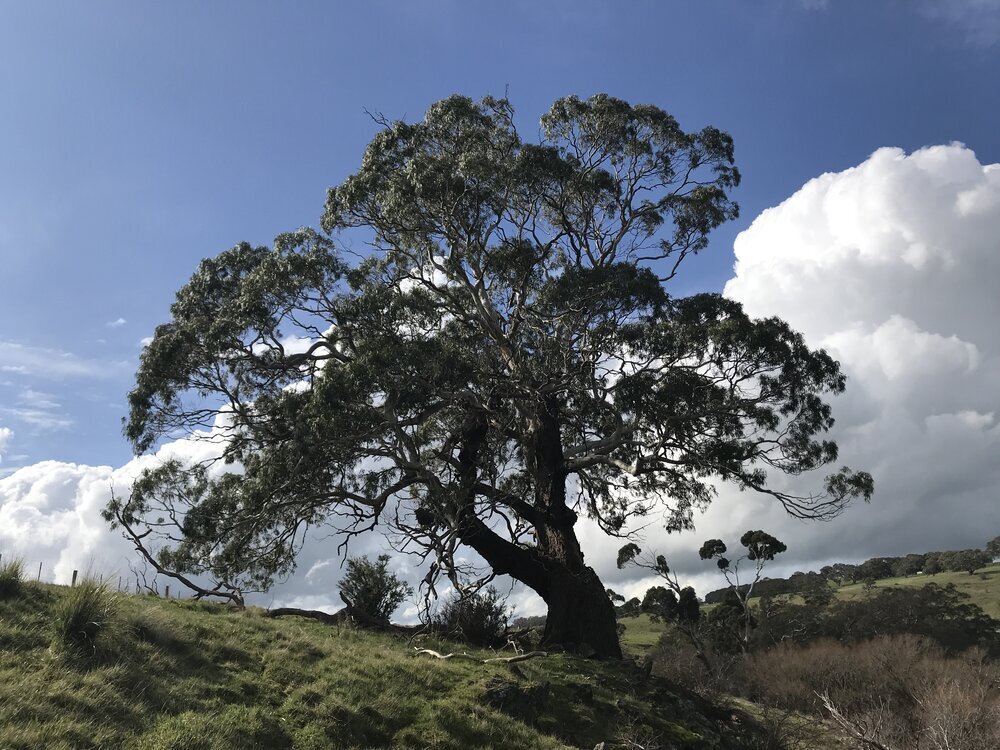
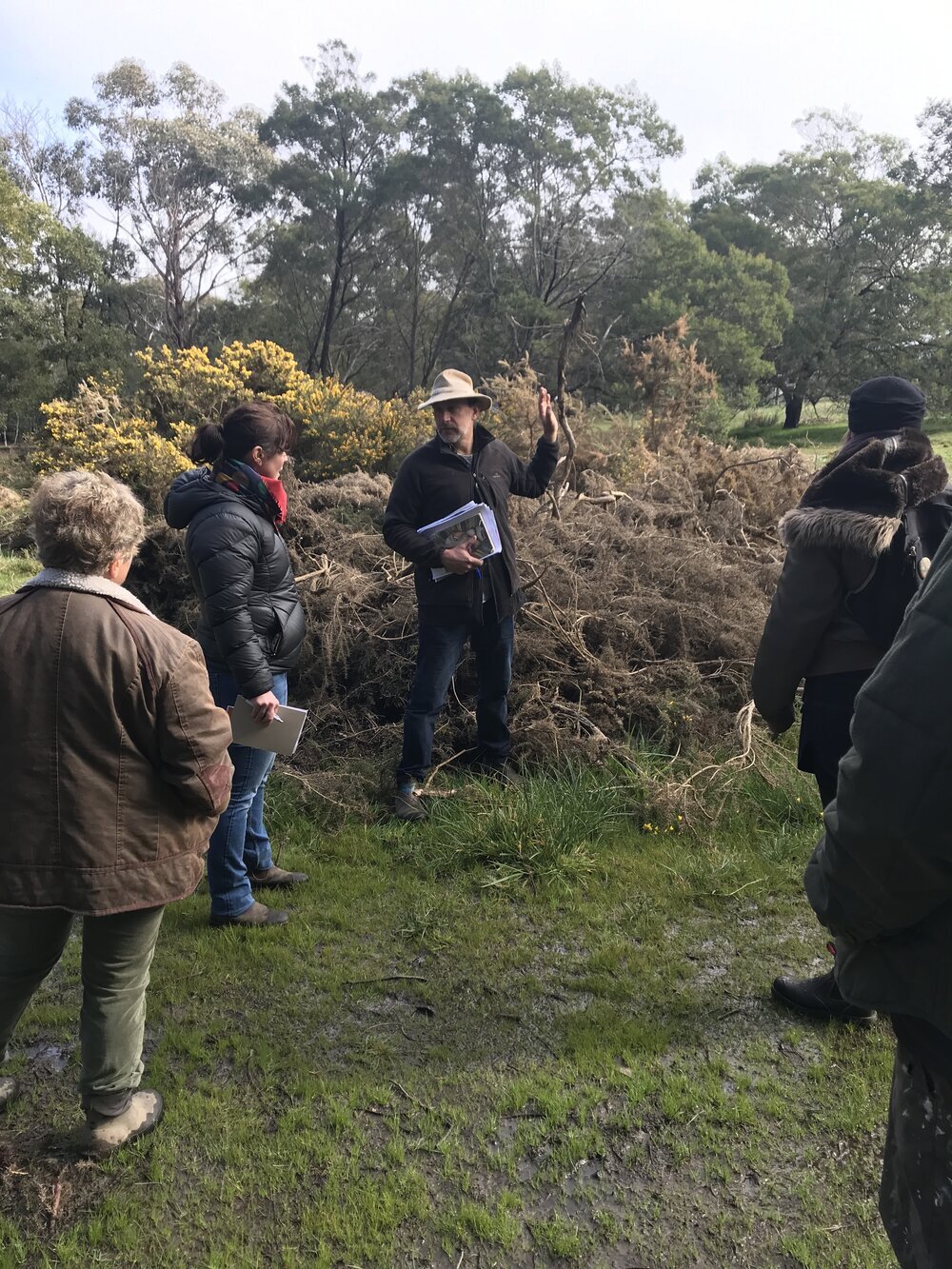
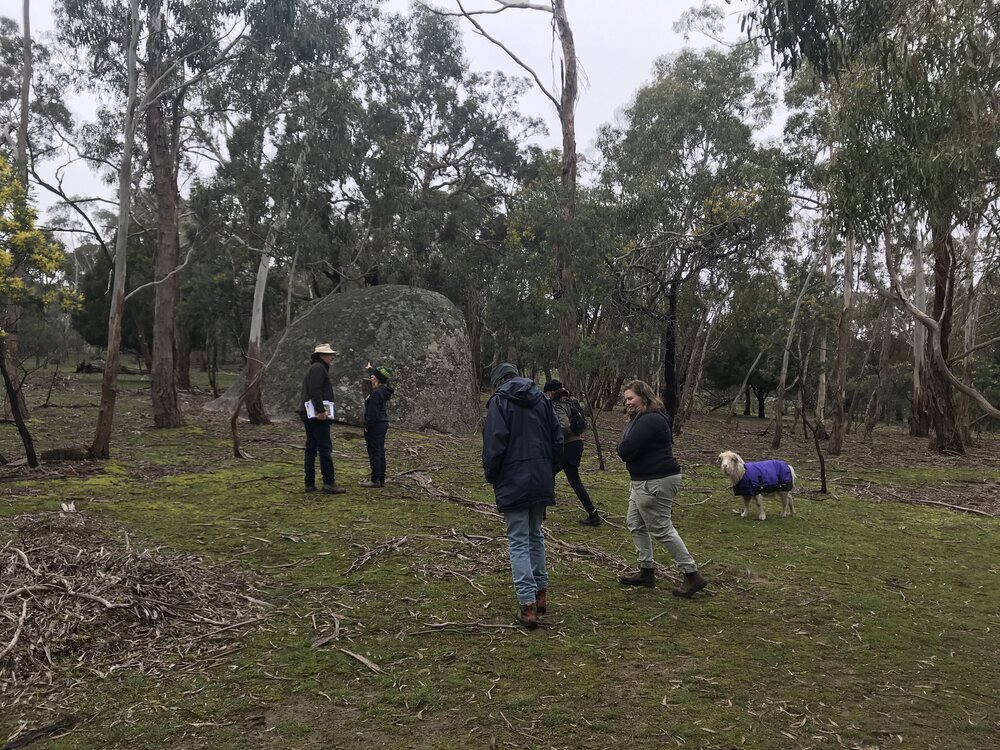
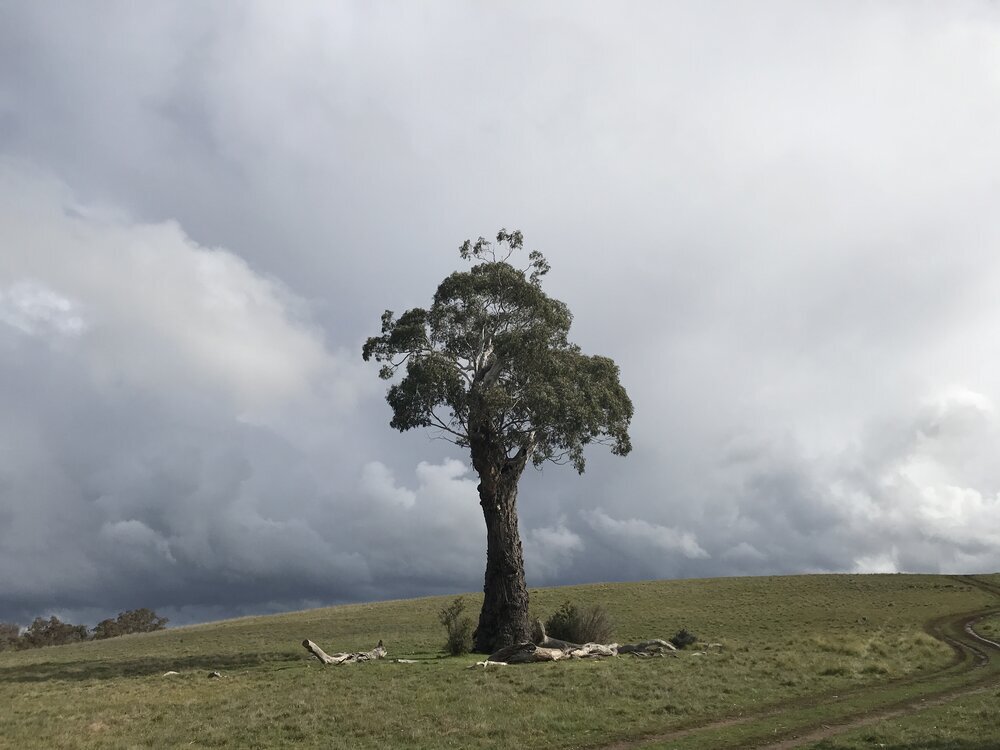
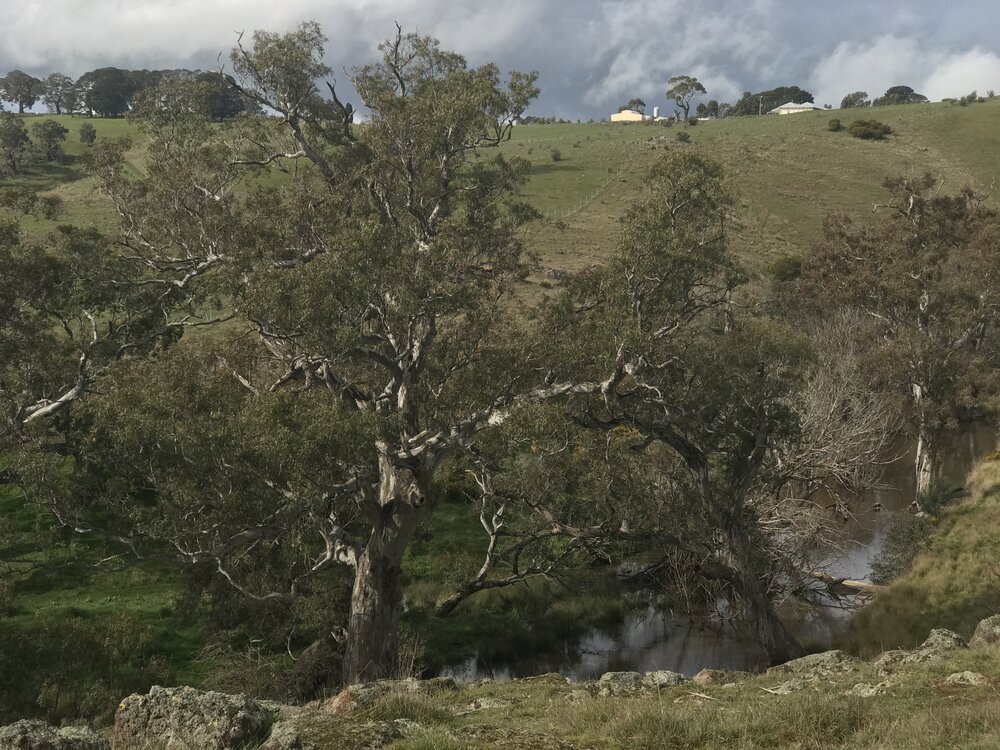
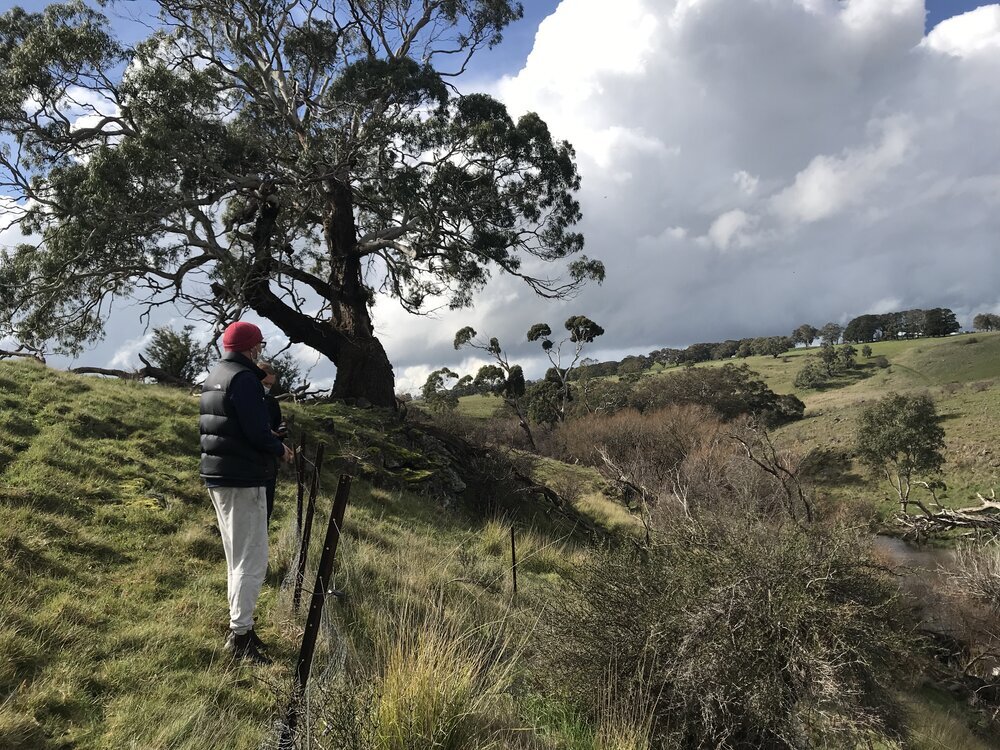
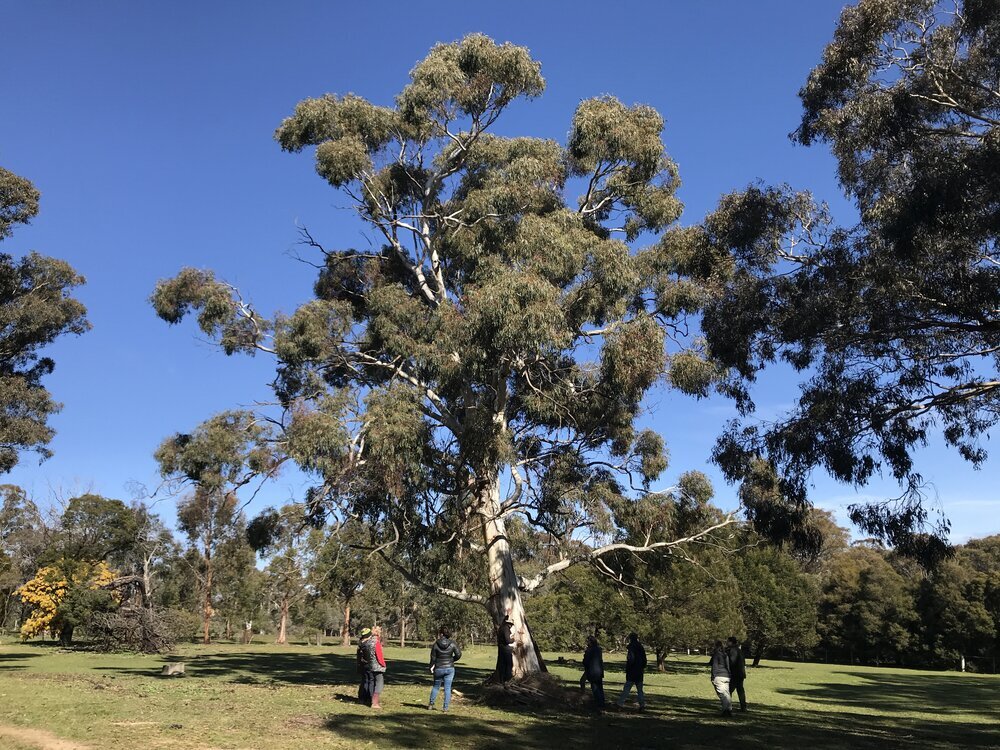
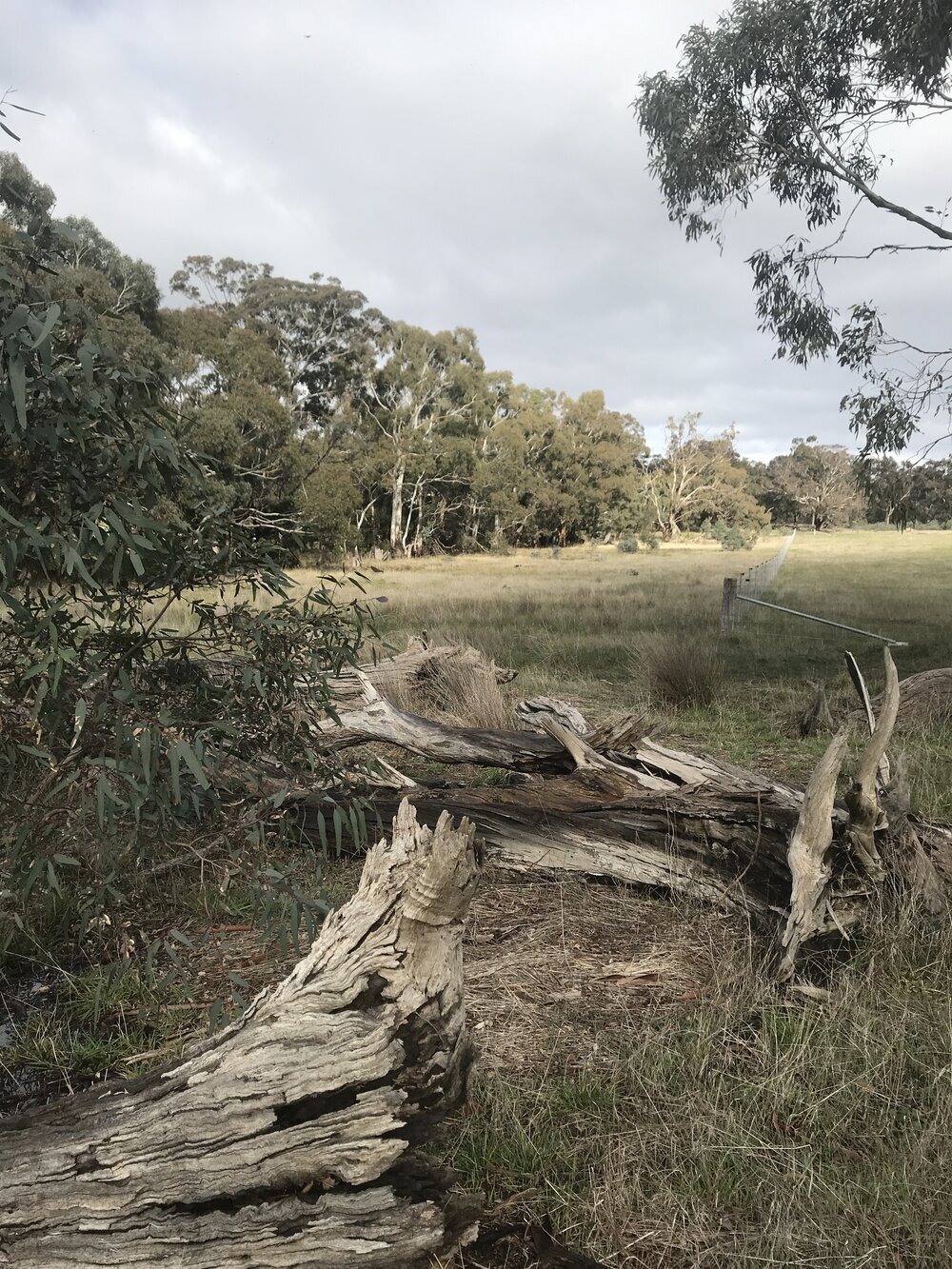
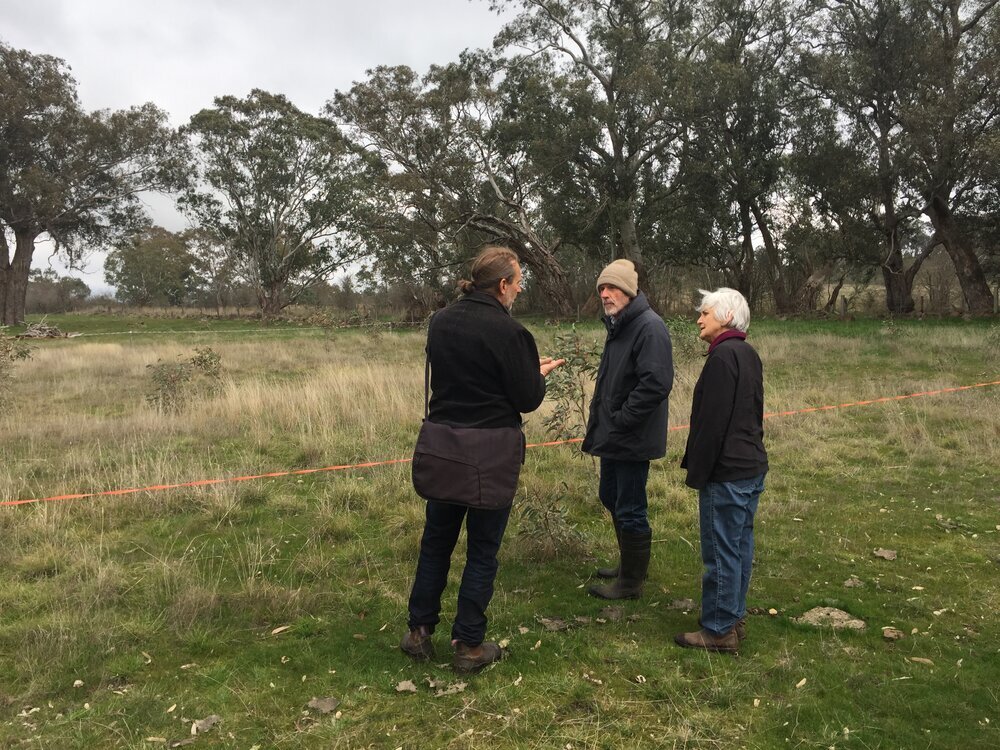
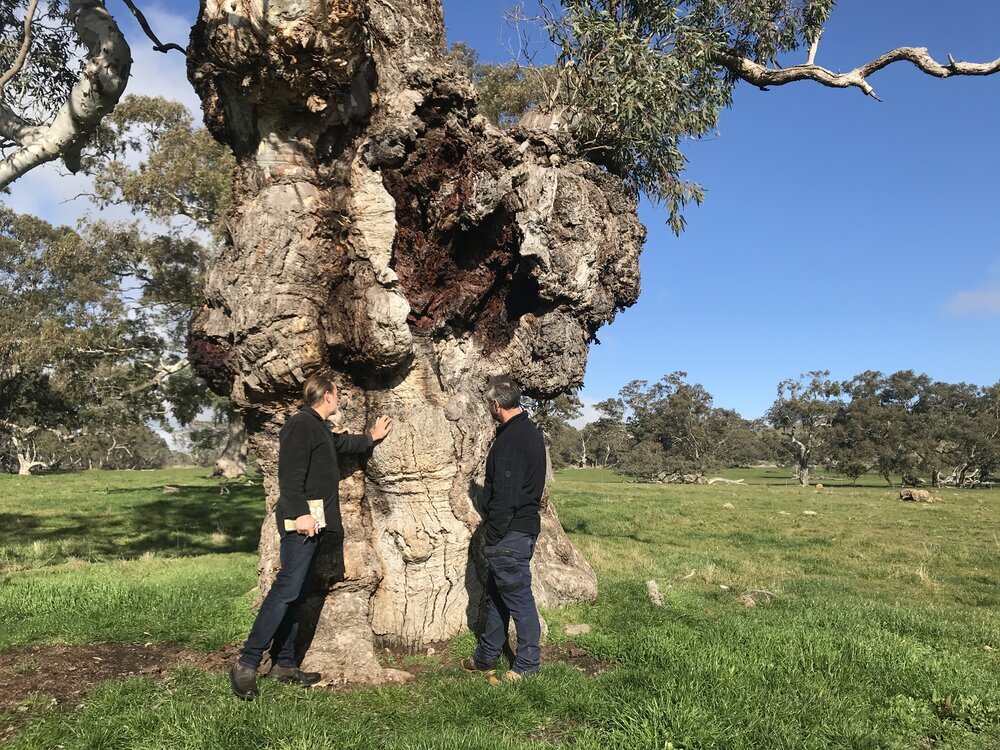

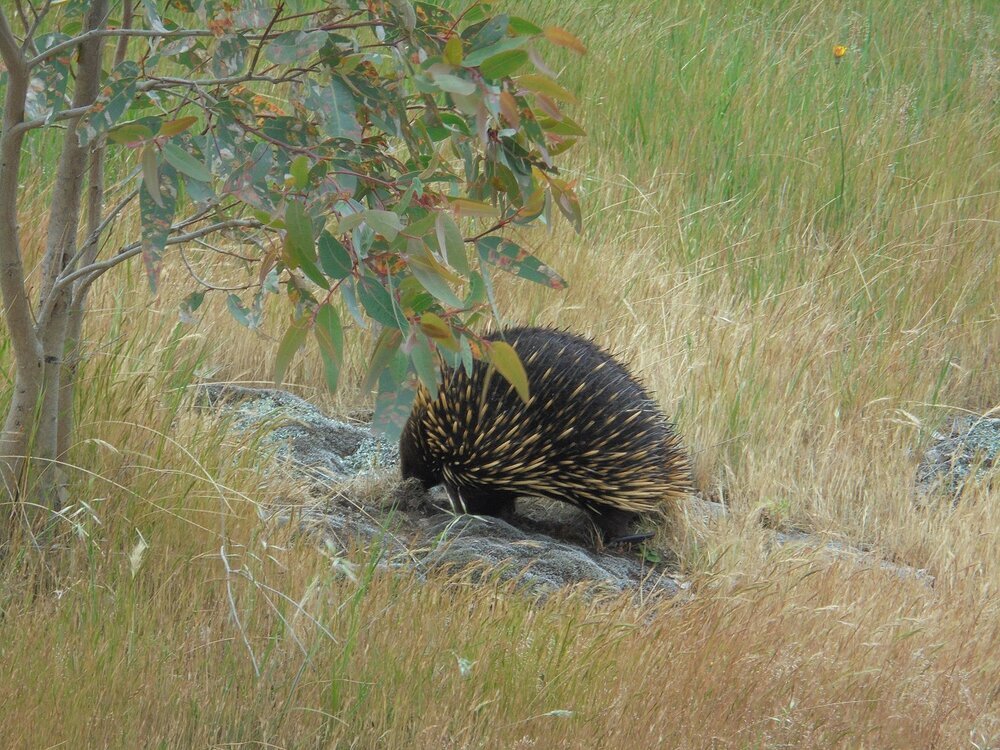
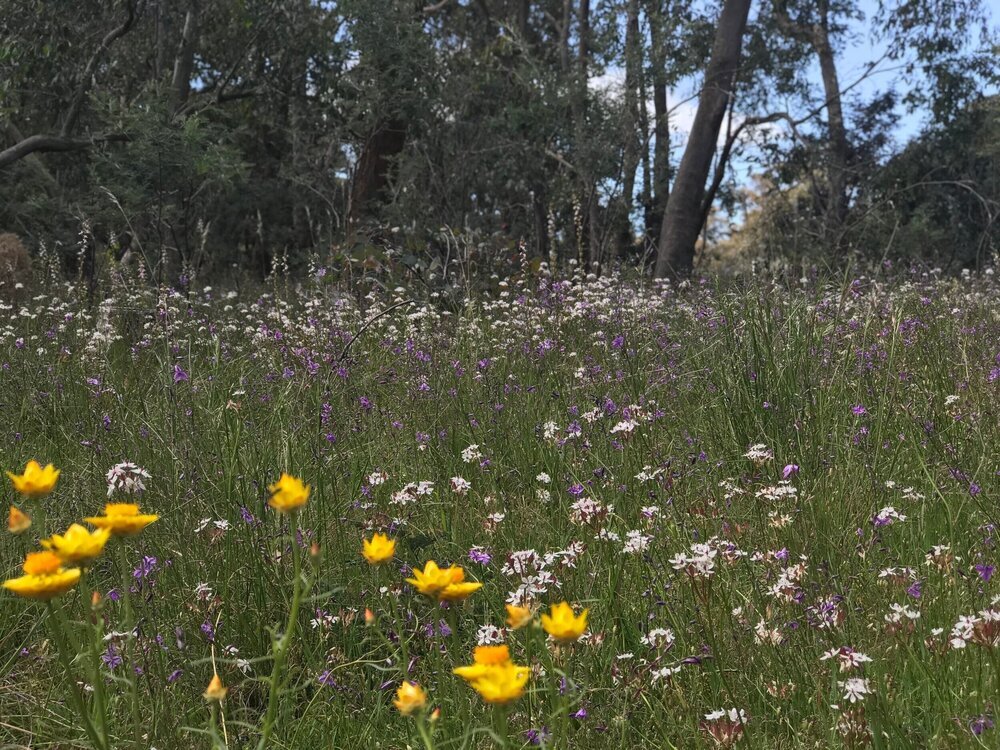
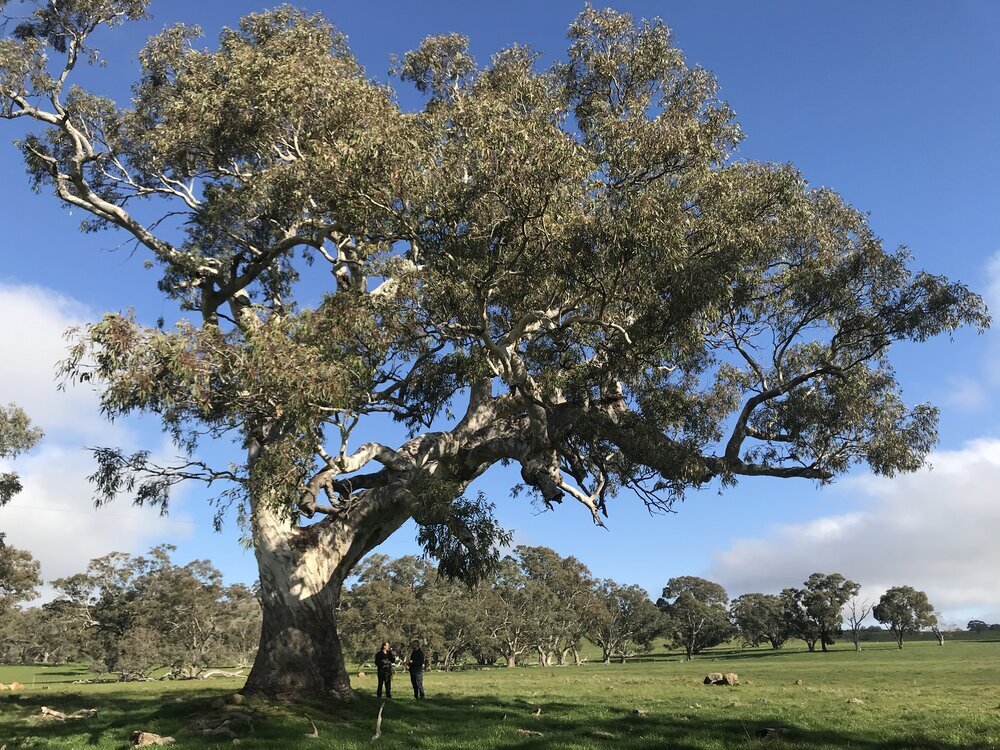
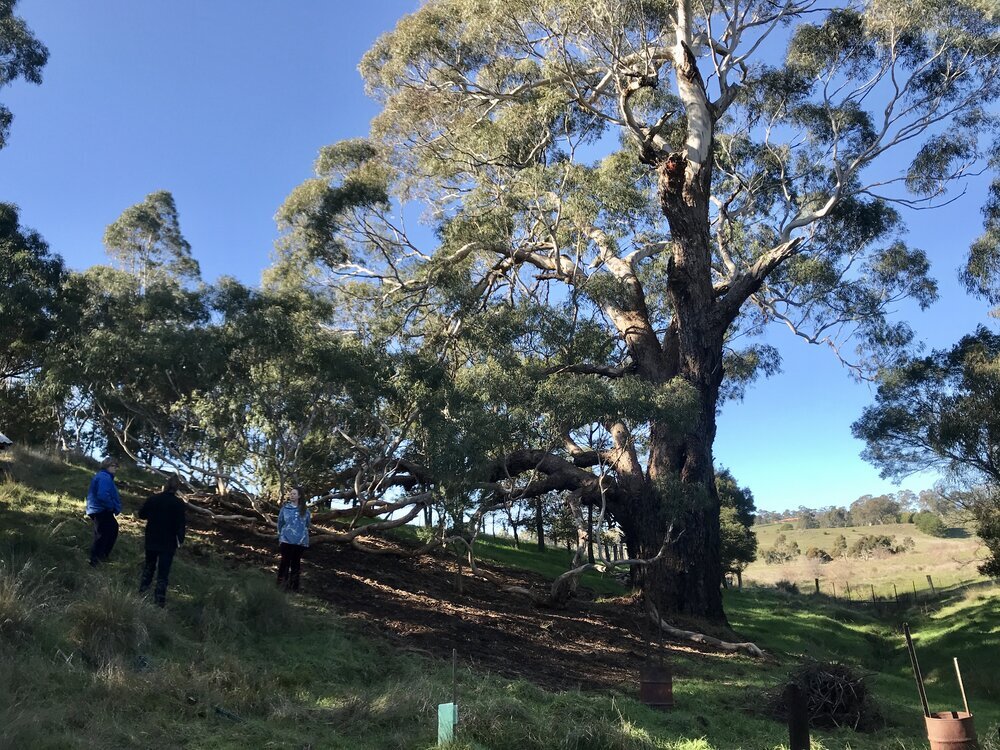
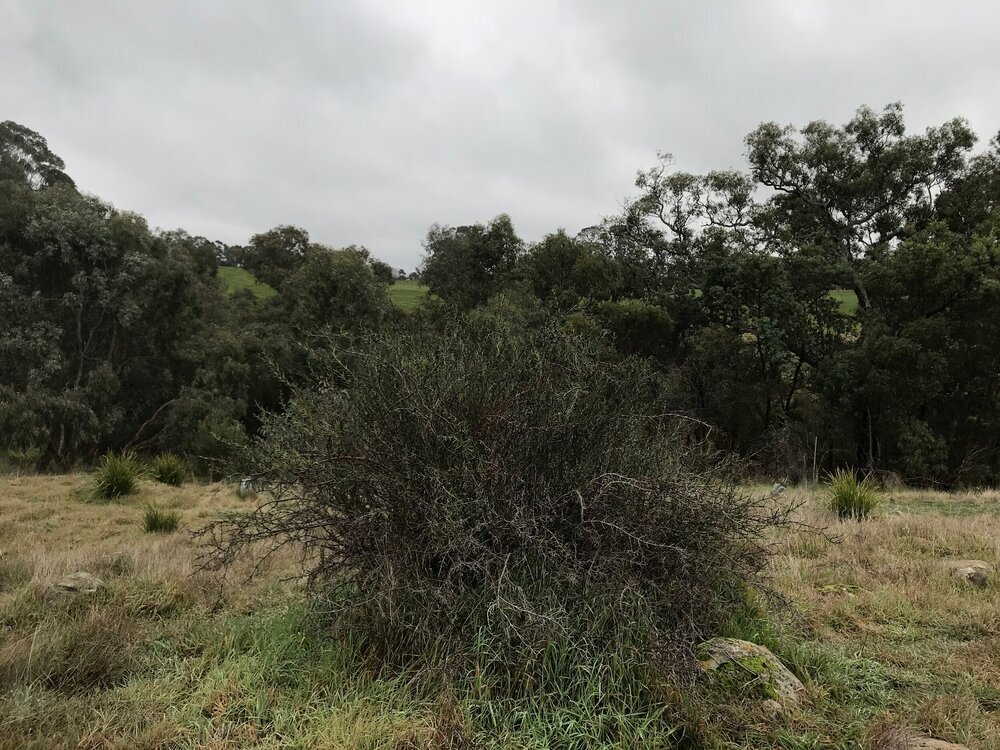
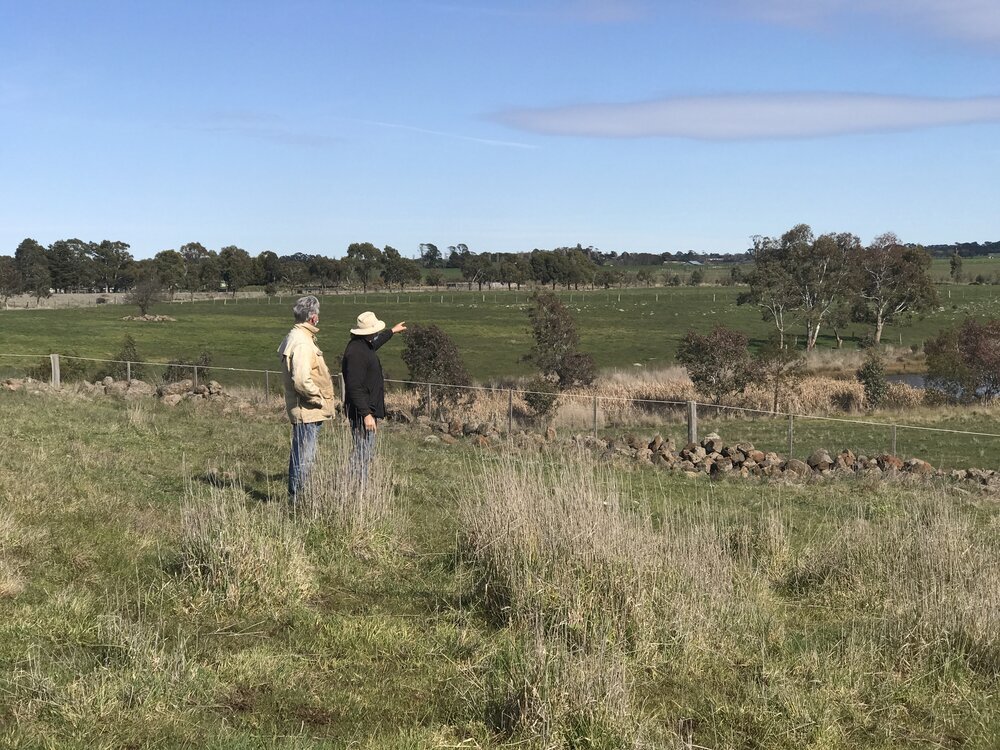
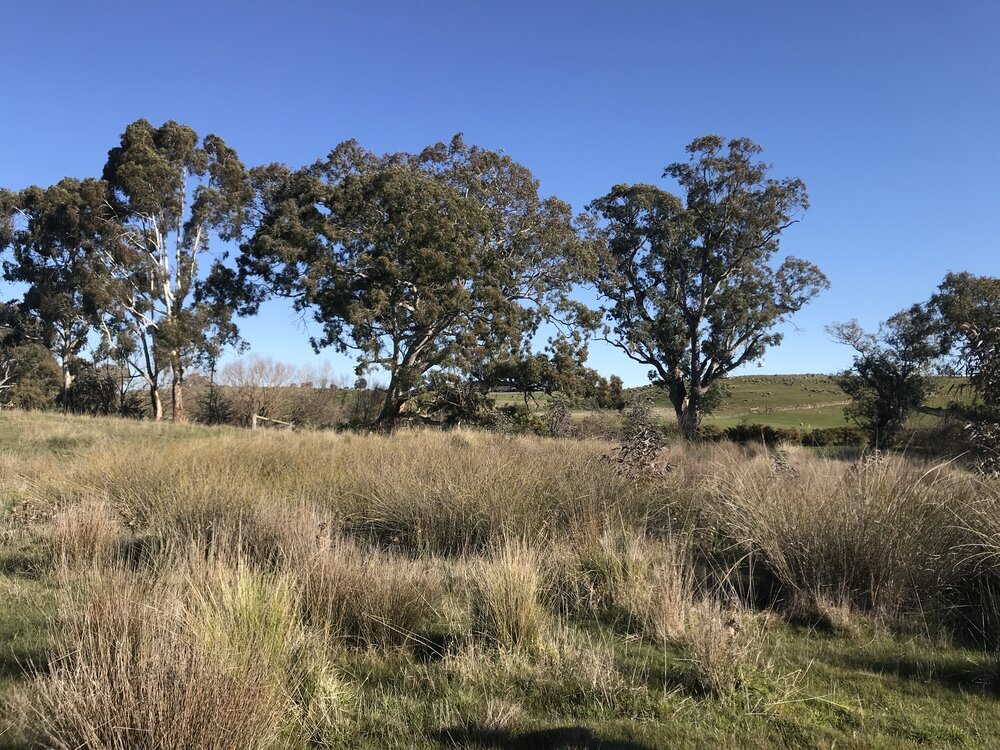
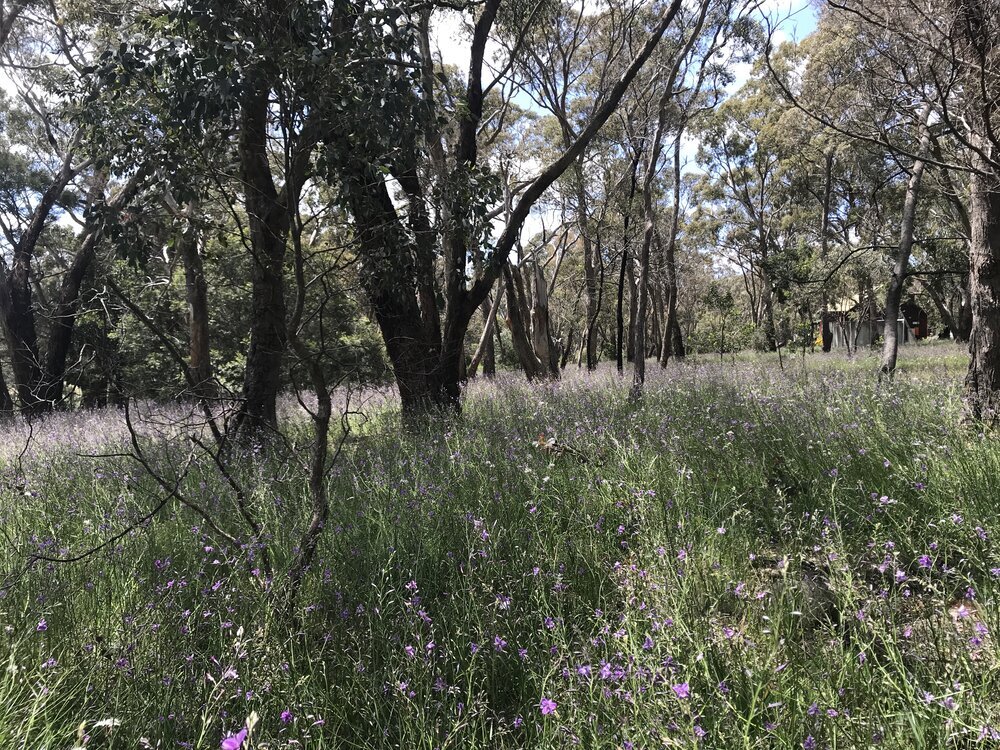
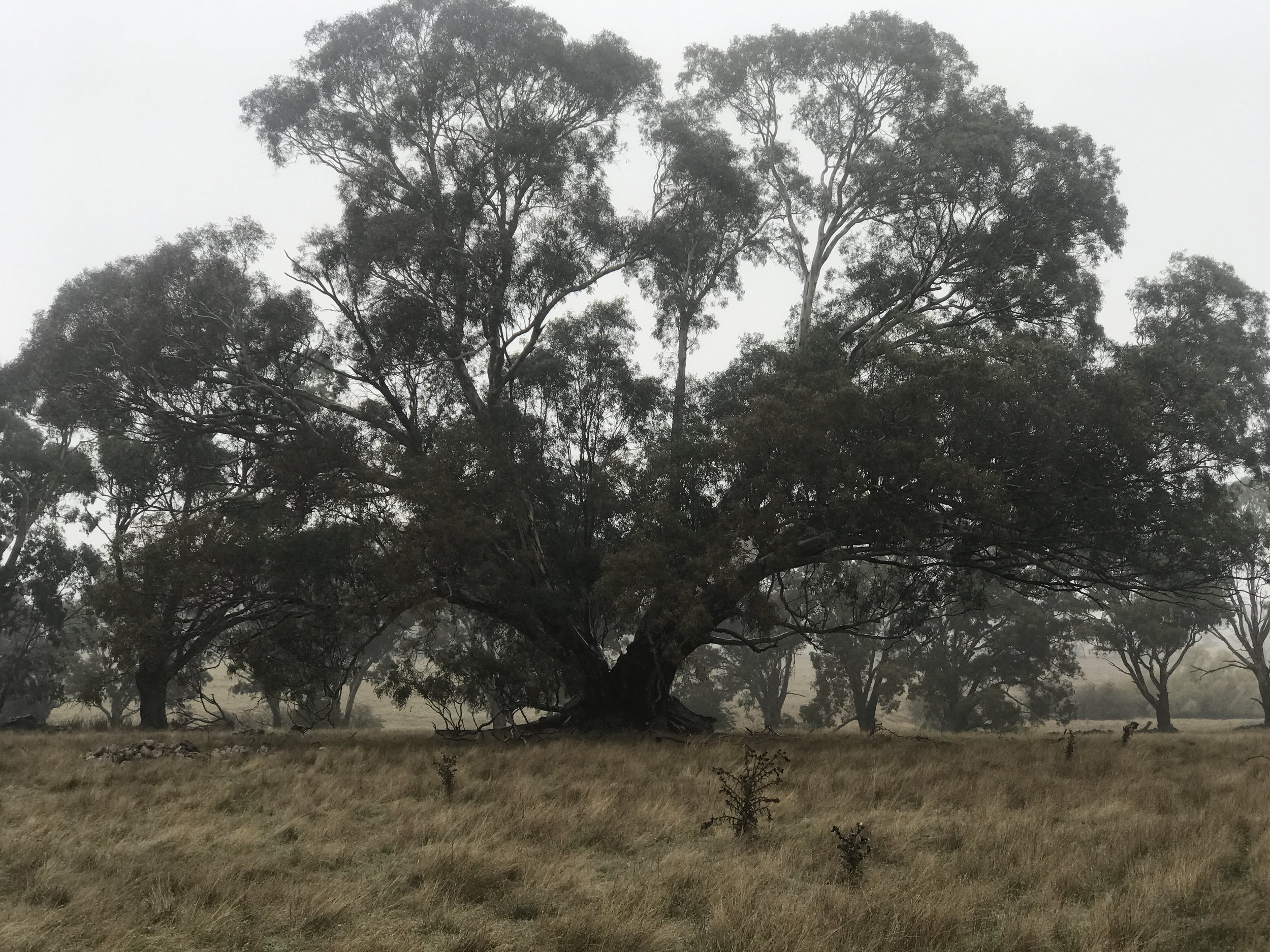
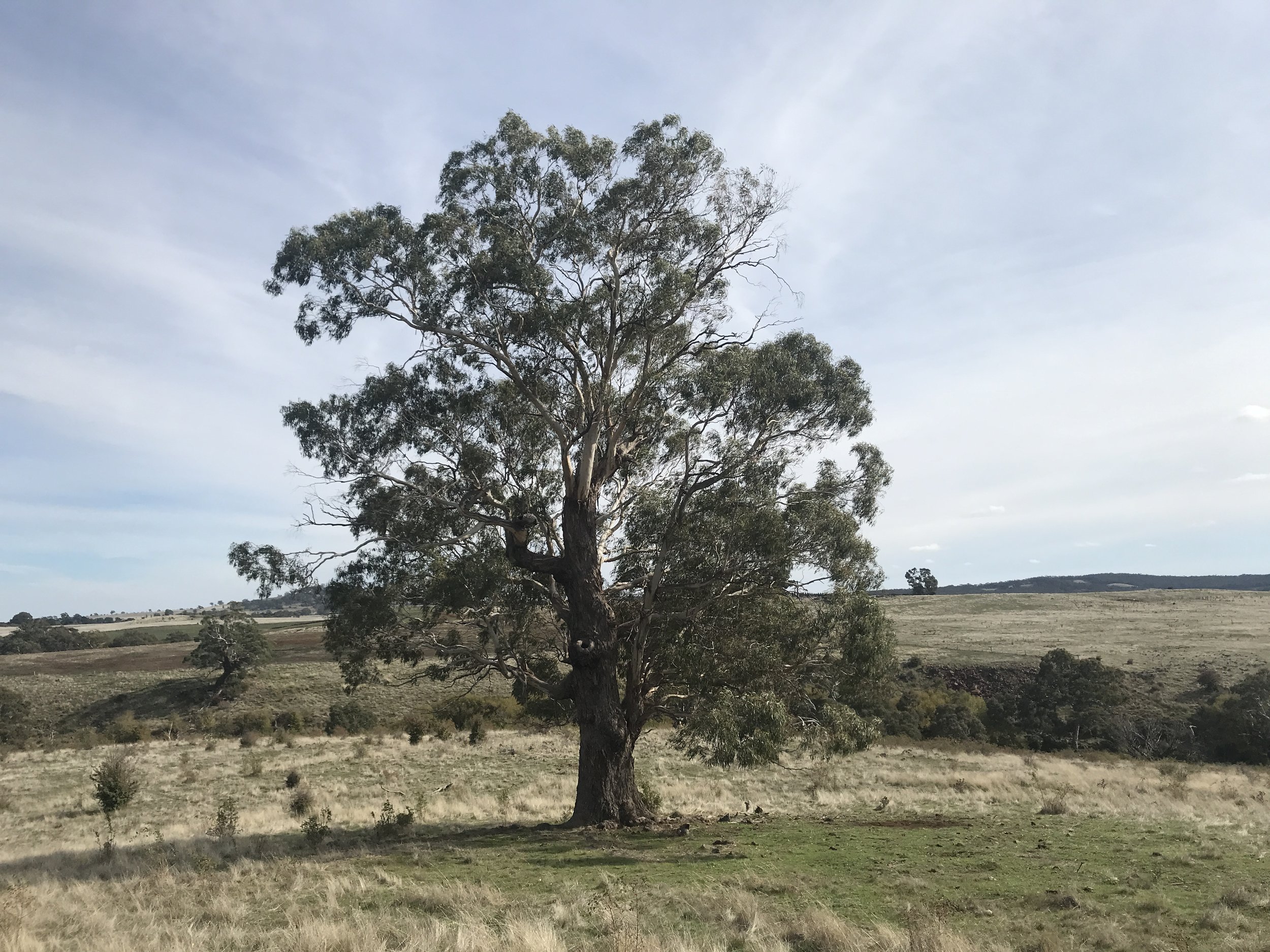
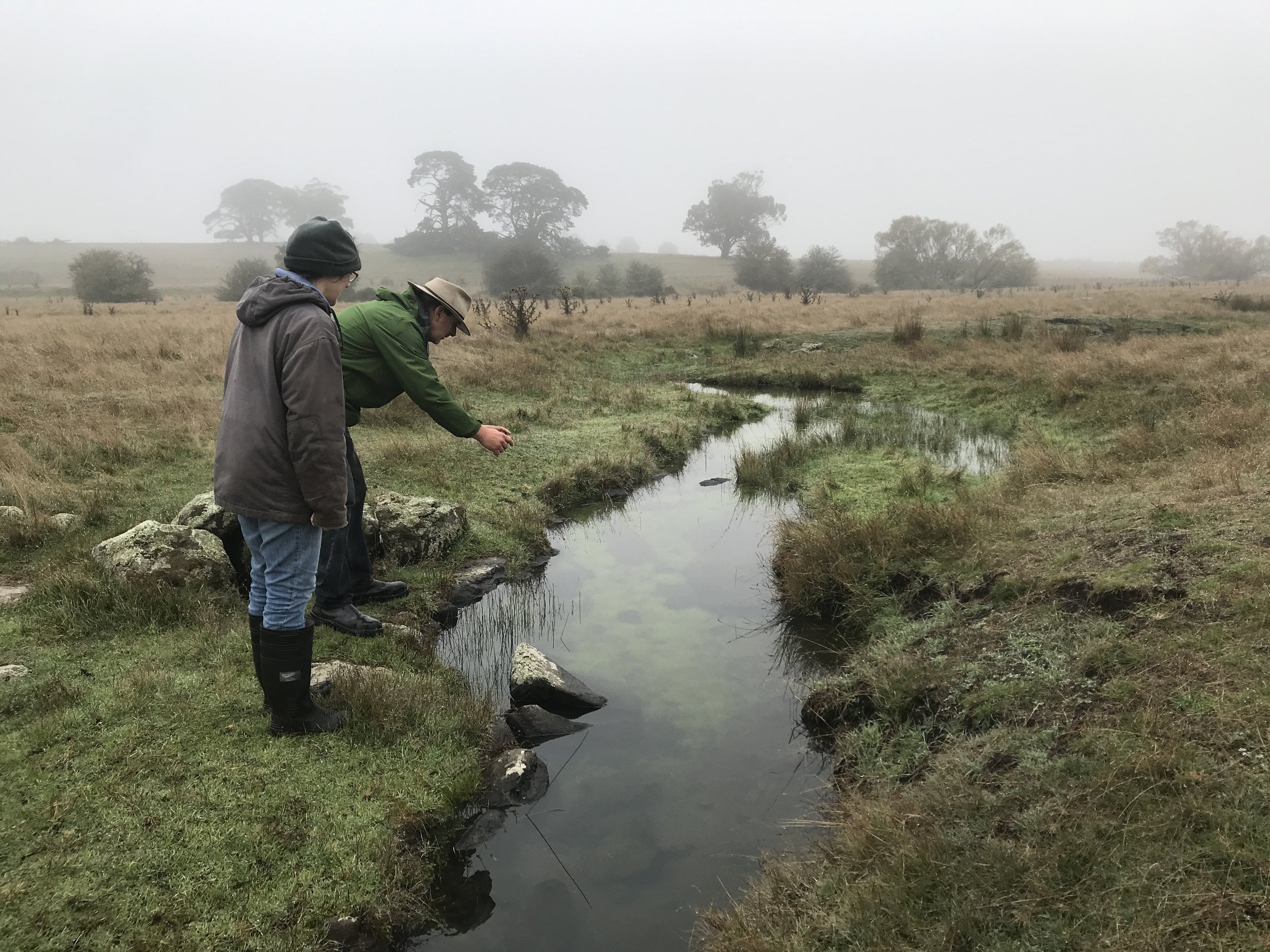
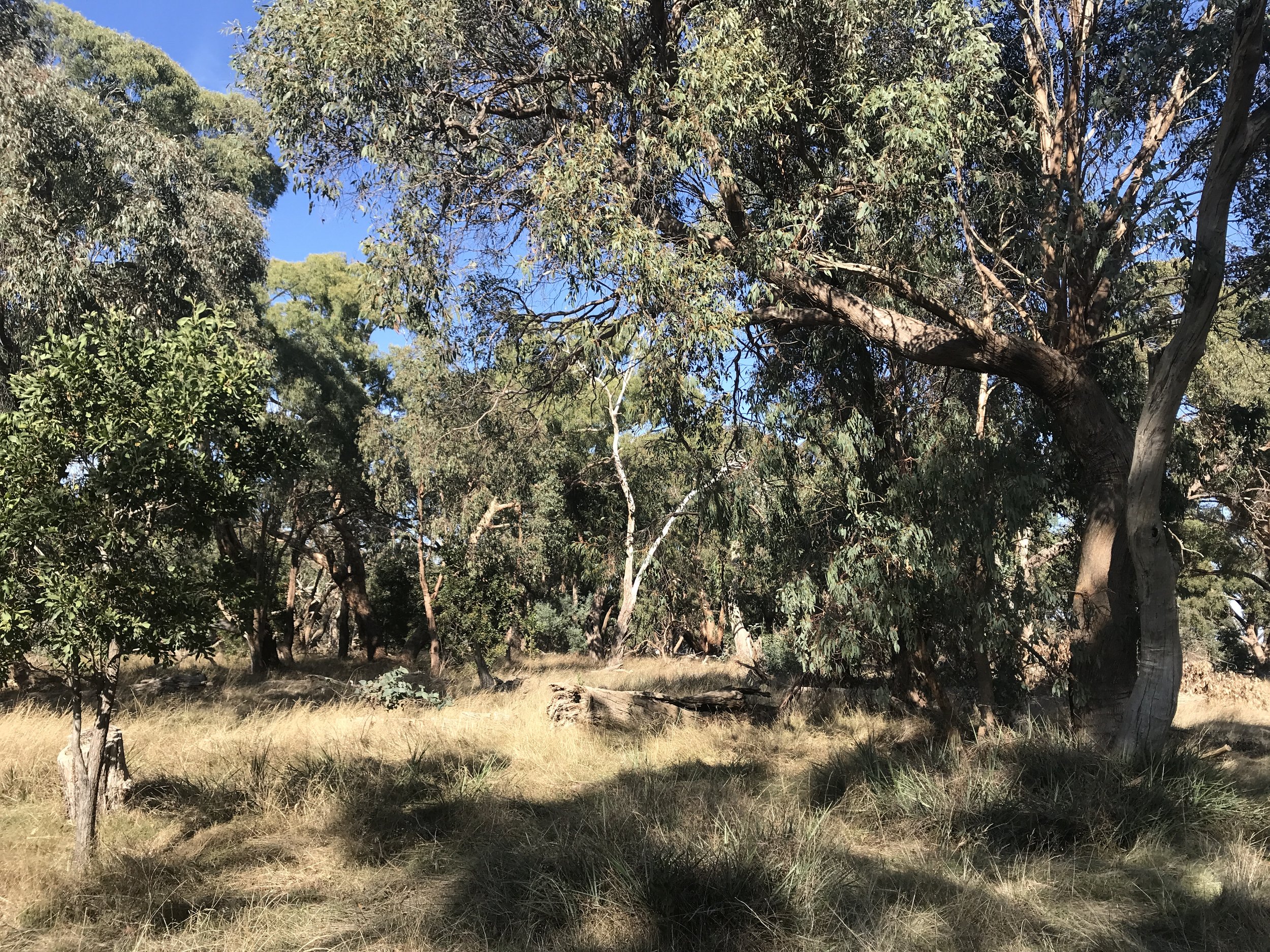

Find out more about Biolinks Alliance Local to Landscape conservation approach used to develop the Greenhill to Blackhill Biolink Plan.
“The region contains numerous natural springs and soaks (also called Groundwater Dependent Ecosystems), fed by aquifers in both the volcanic and granite rocks.”
”These areas can still be seen with remnant Common Tussock Grass (Poa labillardierei), Tall Sedge (Carex appressa) and Rushes (Juncus spp.) and could still provide habitat for Burrowing Crayfish (Engaeus lyelli) and amphibians like Bibron’s Toadlet (Pseudophyryne bibroni) and even Growling Grass Frog (Litoria raniformis).”
Click this link to watch Springs and Soaks: Hidden treasures of the region — Biolinks Alliance
Get involved
For more information or to get involved with the Greenhill to Black Hill Biolink, contact Biolinks Alliance.
(info@biolinksalliance.org.au)
